It’s with great excitement and a little sadness that I announce the final chapter of THE GREAT CT CAPER is here! What an amazing adventure it has been both helping to write the Caper and reading along. While the family and I are enjoying the Mystery Solved event at Gillette Castle today, you can catch up with Stacy DeKeyser, author of chapter 12 of the Caper. Welcome, Stacy!
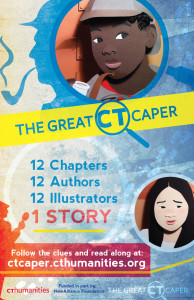 Find a Clue, Leave a Clue: Wrapping Up The Great CT Caper
Find a Clue, Leave a Clue: Wrapping Up The Great CT Caper
by Stacy DeKeyser
Lucky me, assigned the last chapter of The Great Connecticut Caper! I’d never done anything like this before—tying up all the loose ends that 11 other authors had unraveled. But I told myself it would be a fun challenge. And it was!
I started by reading the first 10 chapters of the story. (I’ll talk about Chapter 11 later.) As I read and re-read the story (6 or 7 times?), I hunted for clues that the other authors had hidden in their chapters. These would be the seeds I’d use I to write the final chapter. I added my own notes to the very detailed story chart compiled by the Caper’s editor, Theresa Sullivan Barger.
Next, I listed the things that HAD to happen by the end of the story. Our heroes, Li-Ming and Thomas, had to defeat the dreaded Lady Hallow, for one thing. And of course, Gillette Castle had to be found. But how? I jotted down a few possibilities.
One goal of the Caper is to get kids excited about visiting Connecticut’s historical and cultural landmarks. The story had already incorporated a few of them, and I wanted to keep that theme going. So I decided that the final chapter would include one more Connecticut landmark. But which one?
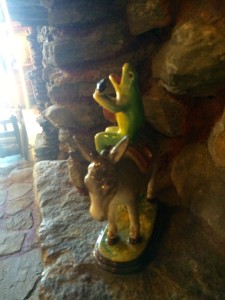 Once more, I studied the clues that were already hidden in the Caper. And those clues led me to the perfect setting for the end of the story. One more very special (and very secret) Connecticut landmark.
Once more, I studied the clues that were already hidden in the Caper. And those clues led me to the perfect setting for the end of the story. One more very special (and very secret) Connecticut landmark.
Things were coming together! I was almost ready to start writing.
One cool feature of the Caper is that each author could write his or her chapter only after reading the chapters that had come before. But Sarah Albee (the author of Chapter 11) and I were given a bit of leeway. Since Chapter 11 is actually “The Ending, Part One,” Sarah and I needed to work together to plan the final series of events. As it turned out, we both had similar ideas for the climax of the story. And so Sarah only needed to tweak a couple of details in her chapter so they would point to the resolution (and the secret Connecticut landmark) I had in mind.
 Now I was ready to visit the secret landmark myself, to hammer out the details of the final chapter. Armed with notebook and cell phone camera, I soaked in the atmosphere and asked lots of questions. I took photos. By the time I was done, I knew that this setting would work perfectly.
Now I was ready to visit the secret landmark myself, to hammer out the details of the final chapter. Armed with notebook and cell phone camera, I soaked in the atmosphere and asked lots of questions. I took photos. By the time I was done, I knew that this setting would work perfectly.
Back at my desk, I studied all the photos I had taken at Gillette Castle. More ideas came, and Chapter 12 took shape.
Now you can read the entire story. You can find out how the mystery of Gillette Castle is solved, and discover the identity of the secret landmark! I hope you’ll agree that it’s the perfect place to end The Great Connecticut Caper. And I hope now you’ll be itching to visit that place, and Gillette Castle, to look for the clues that Li-Ming and Thomas left behind. Because the clues are there. All you have to do is find them.
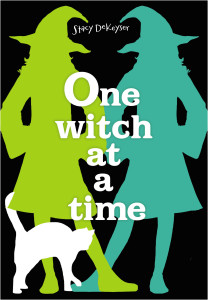 About the Author:
About the Author:
Stacy DeKeyser is the author of five books for children, including ONE WITCH AT A TIME and THE BRIXEN WITCH (S&S/McElderry). Her books have been included in the Chicago Public Library’s Best of the Best, the Bank Street College of Education Best Books of the Year, Amazon Editors’ Picks, KIRKUS REVIEW’s New and Notable Books for Children, and various state award lists. She lives in Simsbury. Visit her website at stacydekeyser.com.

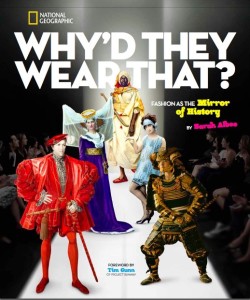
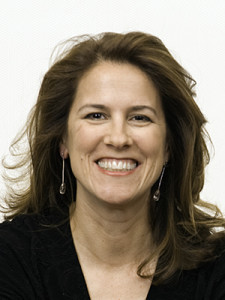
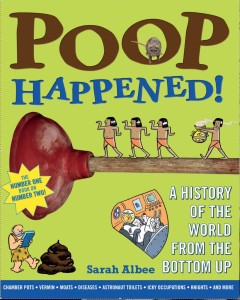

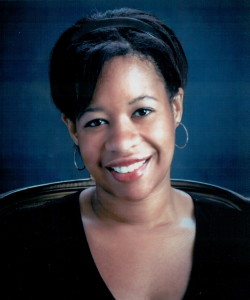

 Visit J Monkeys here:
Visit J Monkeys here:


















